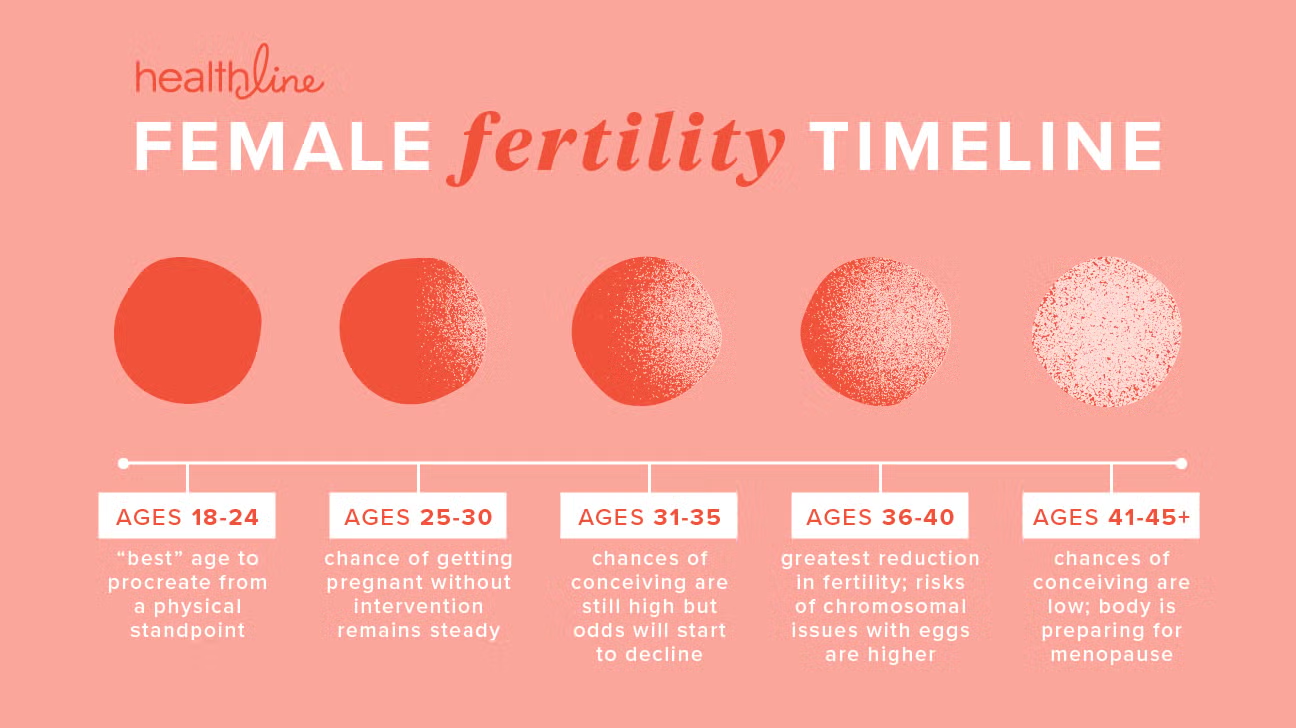Table of Contents
Introduction
Fertility is a topic shrouded in mystery, cultural assumptions, and misinformation. For couples trying to conceive, navigating the world of fertility can be overwhelming—especially when bombarded with myths that can derail their journey. Misinformation doesn’t just confuse; it can lead to delays in treatment, emotional stress, and missed opportunities. In this blog, we bust the top seven fertility myths that could be hurting your chances of getting pregnant.
Myth 1: Fertility Is Only a Woman’s Issue
This is one of the most damaging and outdated myths. While historically the burden of infertility has been placed on women, modern medicine tells us otherwise. In fact, male factors contribute to infertility in about 40–50% of cases.
The Reality:
- Male infertility can stem from low sperm count, poor sperm motility, or structural issues.
- Conditions like varicocele, hormonal imbalances, or genetic disorders can also affect male fertility.
- Lifestyle choices, including smoking, alcohol consumption, and stress, impact sperm health.
Why It Matters:
Overlooking male fertility leads to delays in diagnosis and treatment. Both partners should undergo testing if pregnancy isn’t achieved within a reasonable timeframe.
Myth 2: You Can Conceive Anytime Until Menopause
Many believe that as long as a woman is menstruating, she can get pregnant. This assumption is misleading and often results in heartbreak for couples who delay parenthood.
The Reality:
- Fertility declines significantly after age 30, and more sharply after 35.
- Egg quality and quantity decrease with age, reducing the chances of conception and increasing the risk of miscarriage.
Why It Matters:
Understanding age-related fertility decline helps couples make informed choices. Assisted reproductive techniques like egg freezing can help preserve fertility.
Myth 3: Birth Control Causes Infertility
This myth causes undue anxiety among women who’ve used hormonal contraceptives for years.
The Reality:
- Birth control methods do not cause long-term infertility.
- Normal ovulation typically resumes within a few weeks to months after stopping birth control.
- The delay in conceiving is usually due to age or other underlying issues—not contraception.
Why It Matters:
Believing this myth might cause women to stop using contraception prematurely, increasing the risk of unintended pregnancies or delaying real fertility evaluations.
Myth 4: Healthy People Don’t Have Fertility Issues
It’s easy to assume that a fit and healthy lifestyle translates directly into fertility. Unfortunately, this isn’t always true.
The Reality:
- Fertility issues can affect anyone, regardless of physical fitness or diet.
- Conditions like endometriosis, PCOS, or autoimmune disorders can exist in otherwise healthy individuals.
- Men with high sperm counts can still face issues with sperm morphology or motility.
Why It Matters:
Ignoring symptoms or delaying testing because one appears “healthy” can lead to prolonged struggles with conception.
Myth 5: IVF Guarantees a Baby
In vitro fertilization (IVF) is a powerful tool, but it’s not foolproof.
The Reality:
- IVF success rates depend on several factors, including age, egg and sperm quality, and underlying health conditions.
- Even with IVF, the success rate per cycle is around 30–50% for women under 35, and it drops with age.
Why It Matters:
Having realistic expectations about IVF can help emotionally and financially prepare couples for the journey. Exploring multiple cycles or alternative methods is sometimes necessary.
Myth 6: Age Doesn’t Affect Male Fertility
While men can technically father children into their later years, age does play a role in male fertility.
The Reality:
- Sperm quality declines with age, affecting motility and DNA integrity.
- Advanced paternal age is linked to higher risks of miscarriage and developmental disorders.
Why It Matters:
Acknowledging this can prompt timely fertility planning for men as well. Lifestyle improvements and medical evaluation can mitigate age-related risks.
Myth 7: You Should Try for a Year Before Seeking Help
This myth delays diagnosis and treatment for many couples who need assistance sooner.
The Reality:
- Women over 35 should seek help after 6 months of trying.
- Couples with known medical issues (irregular periods, previous infections, etc.) should consult a specialist immediately.
- Early intervention often improves outcomes.
Why It Matters:
Prompt medical advice can lead to quicker diagnosis and more effective treatment, improving the odds of a successful pregnancy.
Conclusion
Fertility is complex, and myths only make it more confusing. Trusting outdated or incorrect information can significantly delay the journey to parenthood. Whether you’re just starting to plan a family or have been trying for some time, it’s crucial to educate yourself with facts—not fiction. Working with compassionate and experienced fertility experts, like the team at Kamna Fertility, can make all the difference. Their personalized approach ensures that both partners are fully supported and informed every step of the way.

FAQs
Q1. Does stress really affect fertility?
Yes, chronic stress can impact hormone levels and menstrual cycles, reducing chances of conception.
Q2. How soon should I see a fertility specialist?
If you’re under 35 and have tried for a year, or over 35 and tried for six months, it’s time to consult a specialist.
Q3. Can lifestyle changes improve fertility?
Absolutely. Maintaining a healthy weight, avoiding tobacco and alcohol, managing stress, and eating healthy can all support fertility.
Q4. Is male fertility testing complicated?
No. A simple semen analysis is the first step and provides valuable information about sperm health.
Q5. Are fertility treatments only for couples?
Not at all. Single individuals and same-sex couples also benefit from fertility treatments tailored to their needs.
Q6. What’s the success rate of IVF?
Success varies by age and health, but it generally ranges from 30–50% per cycle for women under 35.
Q7. Can irregular periods mean infertility?
They can indicate ovulation issues, so it’s best to get evaluated by a fertility specialist.



